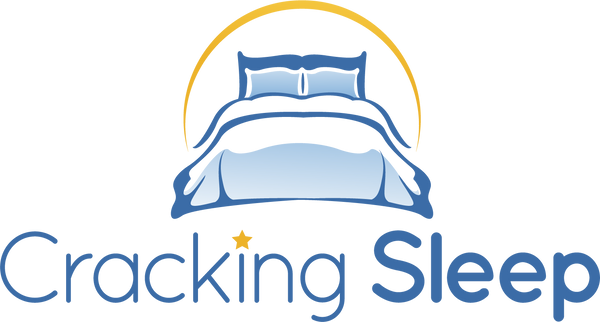Reading time: 3 minutes
What’s inside?:
- Meet the band: What is HNS?
- Does HNS help with all sleep apnea causes?
- Can anyone with sleep apnea get HNS surgery?
This one is all about tongues.
And the first bit is getting your tongue around this:
Hypoglossal Nerve Stimulation.
Try saying that 10 times, quickly!
What is Hypoglossal Nerve Stimulation?
Think of your relaxing, obstruction free, sleep as a quiet afternoon sitting in a noise-free park, feeding the birds and getting away from the nasties back in the real world.
And just as your stress levels are dropping, along comes a marching band – with all their bang-bangs and trumpety-trumps – kicking all of your serenity into next week.
Well, the hypoglossal nerve is the gatekeeper telling the stompy-stomps they can’t come into the park. Every time they try to get moving, the gatekeeper shuts them down.
Think of the gatekeeper as good sleep and the noisy band as sleep apnea with their musicians messing around with your tongue and other muscles with the intention of messing-up your kip.
During sleep, those of us with OSA will experience the hypoglossal nerve going on strike, allowing the tongue to fall back and impede the airway.
That’s where hypoglossal nerve stimulation (HNS) steps in. It’s a relatively new tune in the sleep apnea treatment playlist and is intended for peeps who can't get along with CPAP therapy.
It involves a short surgical procedure where you normally have 3 things inserted:
- A breathing monitor
- A pulse generator
- A cuff electrode

The first 2 are place in your chest and the electrode attaches to a nerve under your tongue.
Who could benefit from Hypoglossal Nerve Stimulation?
Well, it ain’t for everyone and another sleep study is likely.
Firstly, you would normally have tried CPAP therapy and agreed with your doctor it just ain’t working.
Then, you need to tick a few boxes to show your apnea-hypopnea index (AHI), or apnea events, are considered moderate to severe. The band is pretty wide though, with 15 to 65 considered the norm.
And the final box to tick is your body mass index (BMI). Anything higher than mid-30s and you could be receiving a rejection slip. This is down to weight being a big part in sleep apnea causes for many people.
If that’s all good, you'll also need to pass a drug-induced sleep endoscopy. This is a fancy way of saying docs will have a look down your throat while you’re sedated to make sure there’s nothing else causing the blockage.
Remember, HNS only works on your tongue so anything else causing the blockage and you’re likely to be struck-out.
Once you're all clear, the implant surgery is the next step. It’s usually an outpatient thing, meaning you can head home the same day. Recovery is pretty straightforward, just put your feet-up and let the healing commence.
Does HNS work?
It is still early days for HNS but studies show that it can seriously turn down the volume on sleep apnea symptoms. It reduces those moments when you stop breathing and helps improve oxygen levels. Plus, since it’s inside your body, you say goodbye to wrestling with a CPAP mask every night.
So, in a nutshell, hypoglossal nerve stimulation is like a backstage pass to better sleep for those who can’t get on board with CPAP. It’s a treatment that’s still gaining ground, and it's not for everyone, but for the right crowd, it can be a game-changer. As always, the encore goes to chatting with your doctor to see if this high-tech tool could be your ticket to dreamland.

